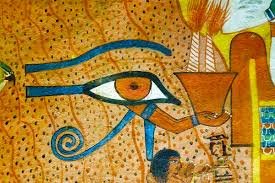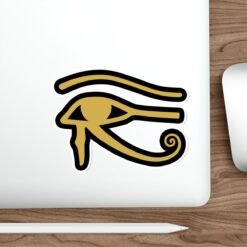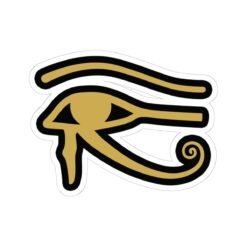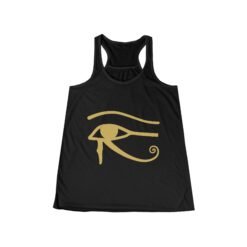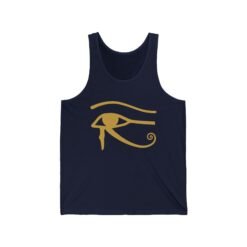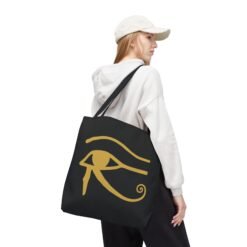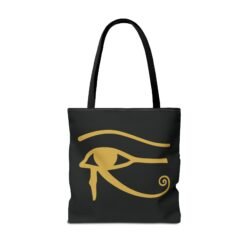Ancient Egyptian Culture, Anthropology and Science, History, History and Culture, History and Mythology, Mythology, Mythology and Culture, Mythology and Healing, Mythology and History
Healing Horus with Gazelle Milk: Ancient Remedies and Modern Perspectives
Understanding Horus: The Deity and His Significance
Horus, one of the foremost deities in Ancient Egyptian mythology, represents a pivotal figure characterized by his dual nature as both a sky god and a god of war. His origins trace back to the early dynastic period, where he was depicted as a falcon or a falcon-headed man, symbolizing divine kingship and authority. The name “Horus” itself is derived from the ancient Egyptian word “hr,” meaning “the distant one,” which reflects both his celestial attributes and his role as a guardian of the pharaohs.
Regarded as the son of Osiris and Isis, Horus played a central role in the myth of Osiris, which recounts themes of death, resurrection, and the eternal struggle between order and chaos. His battles with Set, the god of chaos, not only highlight his martial prowess but also signify the importance of balance in the Egyptian worldview. As the victor in these struggles, Horus embodies the triumph of rightful order over disorder, earning him the title of the protector of the pharaoh and the nation.
In addition to his warrior attributes, Horus is intricately linked to healing and protection. He was often invoked in healing rituals and medical practices, where his benevolent nature was believed to shield individuals from illness and malevolence. His Eye, commonly referred to as the ‘Eye of Horus,’ symbolized health and restoration, representing a powerful amulet for safeguarding against harm. This connection to healing aligns with many ancient cultures’ belief systems that deities could mediate health and well-being.
Through his attributes and associations, Horus exemplifies the complexities of Ancient Egyptian spirituality and identity. The reverence for his protective qualities continues to inspire modern practices that draw upon these age-old traditions, emphasizing the deity’s enduring significance in both historical and contemporary contexts.
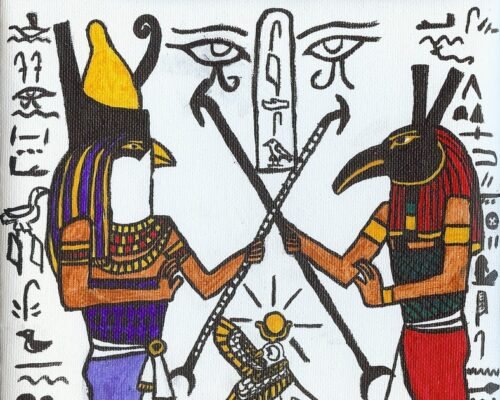
The Symbolism of Gazelle Milk in Ancient Healing Practices
Gazelle milk has held a significant place in the cultural and medicinal practices of ancient Egypt, revered for its unique properties and association with healing. This revered substance was not only a source of nutrition but also symbolized purity and vitality. The symbolism surrounding gazelle milk can be traced back to the pantheon of Egyptian deities, most notably Horus, the god of healing and protection. In ancient Egyptian belief, gazelle milk was perceived to possess divine attributes, often regarded as a sacred offering conducive to fostering spiritual well-being.
The role of gazelle milk extended beyond mere sustenance; it found its way into various rituals and medical treatments during this ancient period. The milk was utilized in healing potions, believed to enhance the body’s natural defenses and hasten recovery from ailments. Moreover, its association with Horus imbued it with protective qualities, making it a common ingredient in traditional medicines aimed at imparting health and vigor. The practitioners of ancient medicine viewed gazelle milk as a bridge between the physical and spiritual realms, where its consumption was thought to invoke the blessings of the deities.
In daily life, the significance of gazelle milk was evident in both domestic and ceremonial practices. It was offered to the gods as part of sacred rites and rituals, symbolizing gratitude and reverence. Additionally, its consumption was often linked to health by the populace, fostering an understanding of its potential regenerative properties. Through the lens of historical context, it becomes clear that gazelle milk embodied more than nutritional value; it was an essential element in the mystical framework of healing practices. Ultimately, gazelle milk stands as not only a symbol of physical nourishment but also a representation of the ancient Egyptians’ deep connection to the spiritual and healing powers attributed to their gods, particularly Horus.
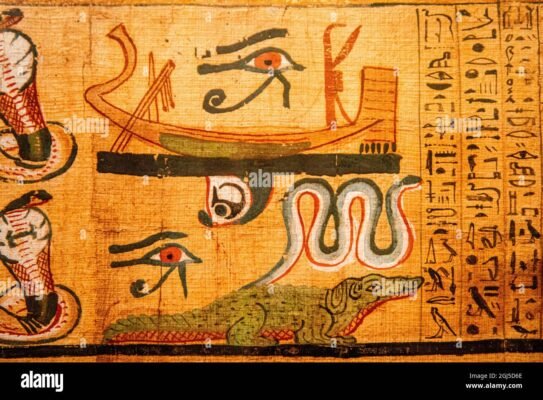
Healing Practices Involving Horus and Gazelle Milk
Throughout antiquity, the worship of Horus, the Egyptian god representing the sky and kingship, has played a prominent role in various healing practices. One particularly noteworthy aspect of these practices is the use of gazelle milk, which was believed to possess unique therapeutic properties. Rituals invoking Horus often included the incorporation of gazelle milk as a sacred substance, aimed at promoting healing and protection.
In these ancient healing practices, gazelle milk was utilized in a variety of ceremonial contexts. For example, practitioners would prepare specific offerings that combined this milk with herbs and floral elements, which were then presented at shrines dedicated to Horus. The intention behind these rituals was twofold: to seek divine intervention for ailments affecting the individual or community and to honor Horus’s presence in the healing process. Practitioners perceived gazelle milk as a purifying agent, believed to carry Horus’s blessings into the bodies of the afflicted, thus rejuvenating their health.
The rituals often included incantations and prayers to Horus, invoking his protective ocular symbolism, the Eye of Horus, which was thought to provide healing and safeguarding from harm. Participants would engage in meditative practices that aimed to channel their intentions into the offerings, reinforcing their connection to the deity and the natural world. These rituals were not only about physical healing but also spiritual rejuvenation, as the combination of gazelle milk and Horus’s protective forces was seen as a pathway to holistic well-being.
Comparatively, many other ancient civilizations incorporated similar substances into their healing practices. For instance, the Greeks often used honey or goat’s milk in rituals seeking divine assistance. However, the unique aspect of gazelle milk lies in its deeply intertwined association with Horus, setting it apart as a distinctive element in the Egyptian medicinal repertoire. This integration reflects the profound respect for nature and divinity in ancient Egyptian healing methodologies, with gazelle milk serving as an essential vessel for invoking the god’s power in the quest for health.
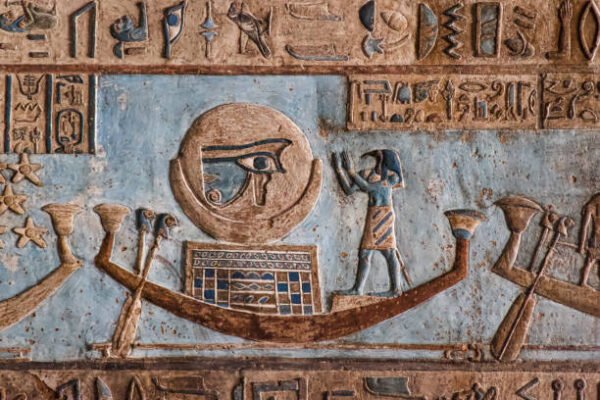
Modern Interpretations and Applications of Ancient Wisdom
The intersection of ancient wisdom and contemporary wellness practices is increasingly recognized as a valuable approach to holistic health. Central to this exploration is the symbolism of Horus, an ancient Egyptian deity revered not just for his divine attributes but also for the lessons his mythology imparts. In modern holistic health, practitioners often draw upon the narratives surrounding Horus to emphasize resilience, healing, and the balance between mind, body, and spirit.
Gazelle milk, associated historically with nourishment and vitality in Egyptian culture, is gaining recognition within alternative medicine circles today. Herbalists and naturopaths are beginning to incorporate gazelle milk into their practice, understanding its potential nutritional benefits and its capacity to support overall wellness. This natural resource is considered an embodiment of purity and is often combined with other ancient ingredients that have been used for centuries, signifying a potent blend of traditional knowledge and modern nutritional science.
Moreover, spiritual healers integrate symbolism from Egyptian mythology, such as the protective qualities attributed to Horus, in their therapeutic practices. Rituals, guided meditations, and wellness workshops frequently weave the teachings of Horus into their frameworks, allowing participants to tap into a deeper sense of purpose and wellbeing. This contemporary application not only highlights the relevance of these ancient practices but also serves as a bridge between past and present, encouraging individuals to explore their spiritual dimensions alongside physical health.
As the global wellness landscape evolves, there is a growing appreciation for how these ancient healing methods inform modern approaches. The integration of ancient wisdom, such as the reverence for Horus and the use of gazelle milk, fosters a holistic perspective that resonates with those seeking alternative paths to health, reminding us that the wisdom of the past continues to illuminate our journeys today.
Art and Artists
Indoor Stickers
Art and Artists
Art and Artists

